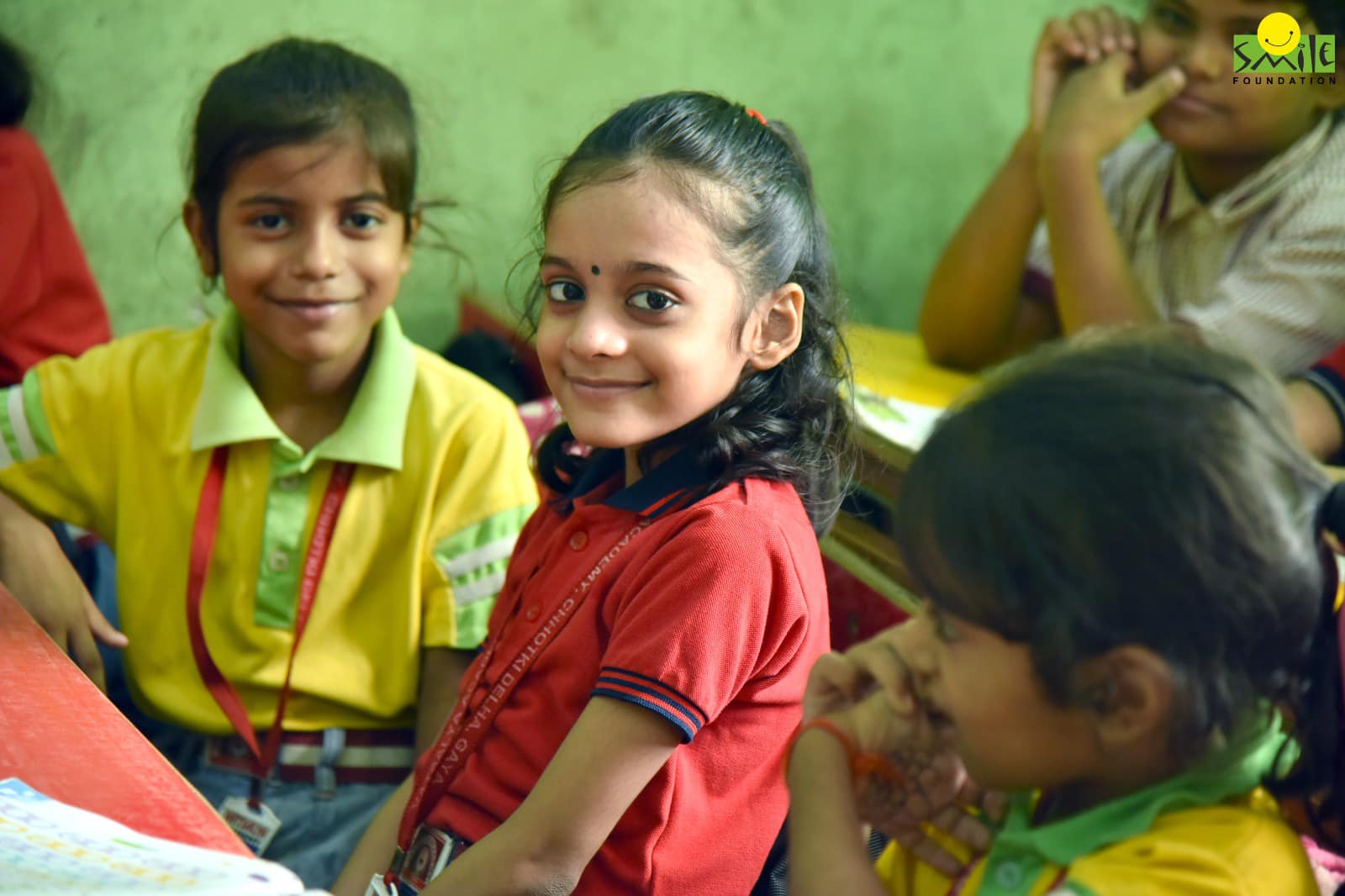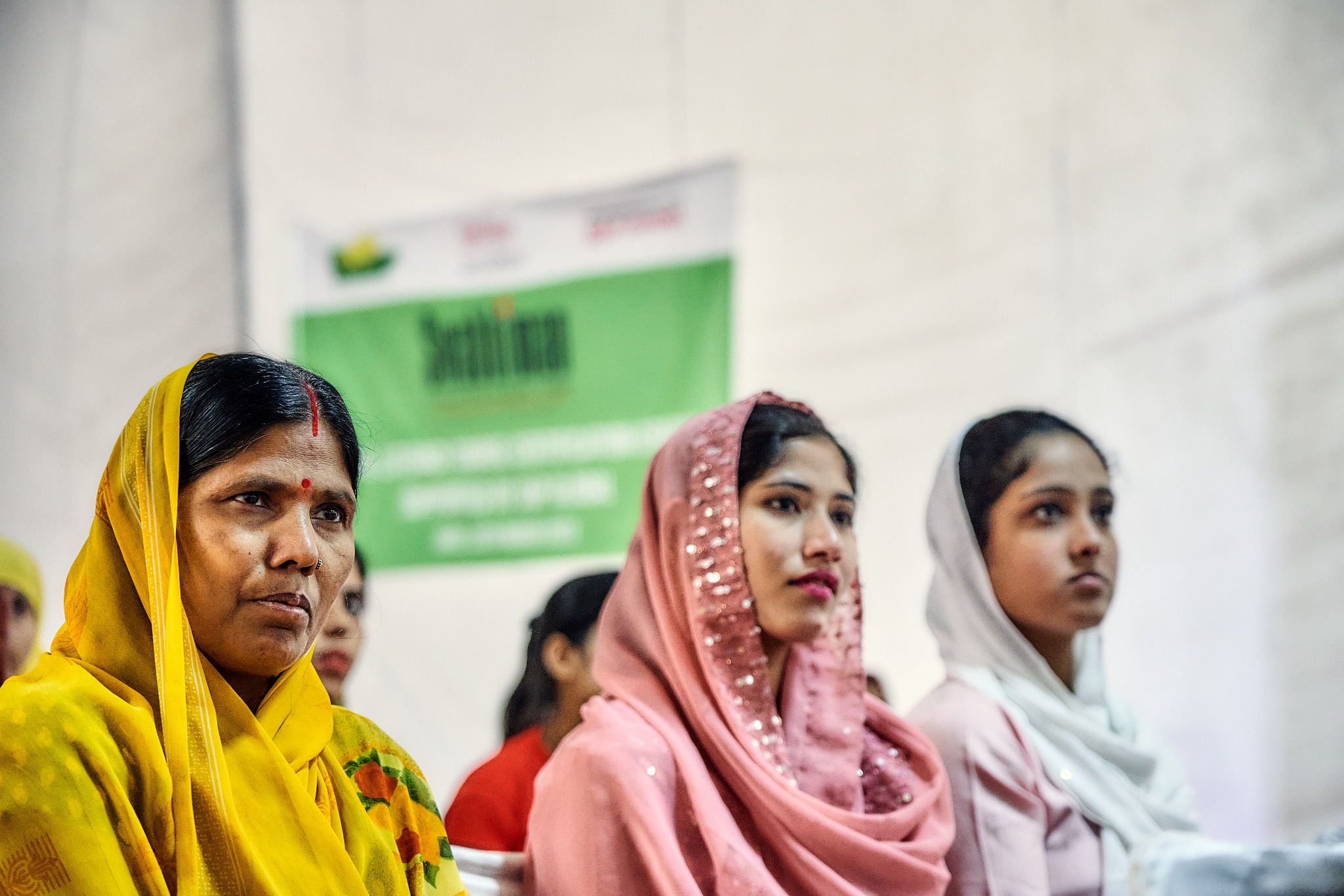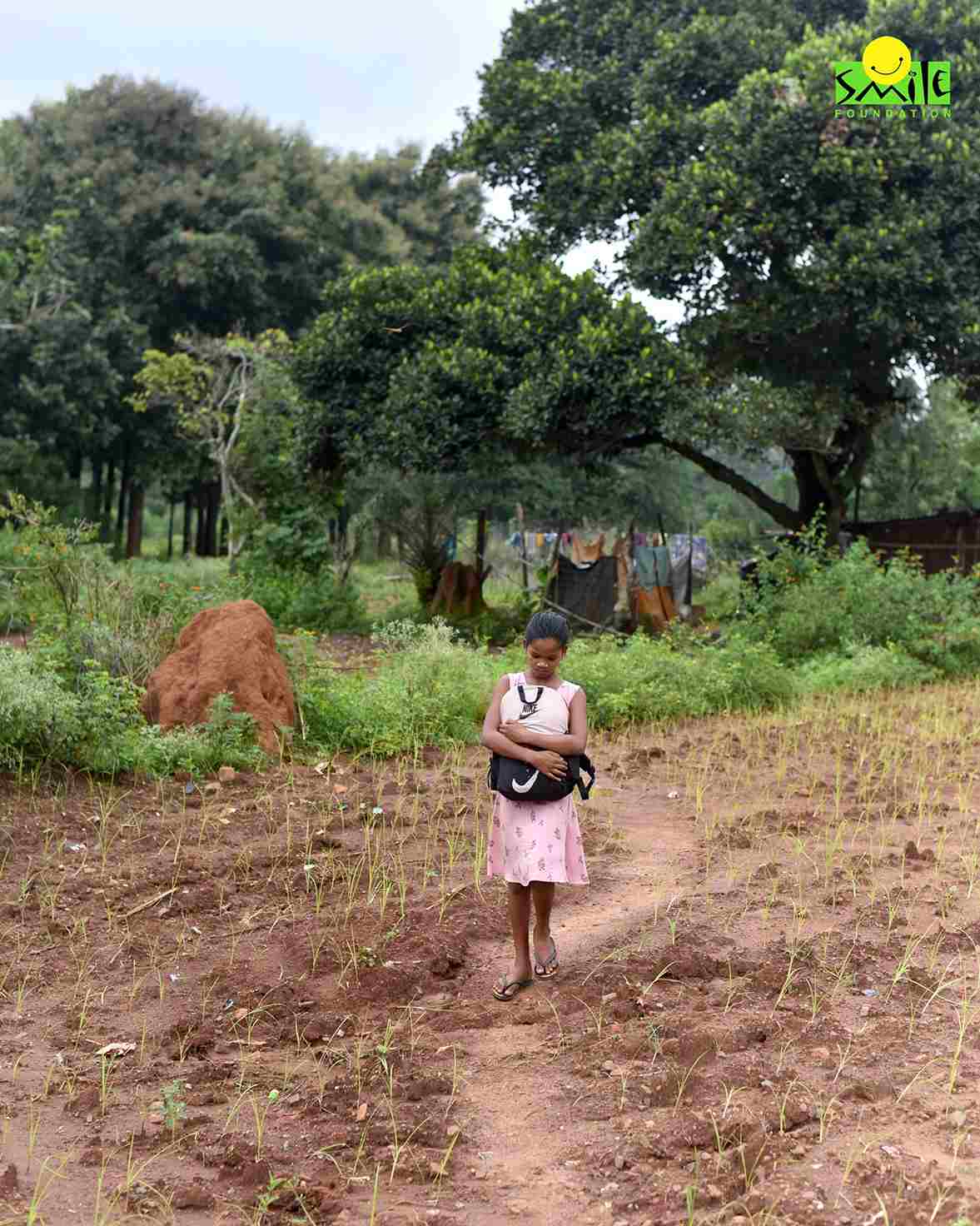Educators have the responsibility of shaping young minds. Part of that responsibility is setting a daily tone for students that makes them feel safe and comfortable so they can focus on learning. This is especially important for underserved children who may not have access to the same resources as their peers.
Crowded classrooms often becomes a hurdle in serving every individual student differently. This leads to classrooms and their learnings undertake a one-size fits all attitude. However, creating a conducive learning environment for children and ensuring that they go back to their homes feeling fulfilled is the mark of great teachers.
The Mark of Greatness
Great teachers don’t let the difficulties constrain them. Instead, they create unique and innovate learning opportunities out of them for the development and knowledge gaining of their students.
A safe learning environment goes beyond the classroom; it’s the intangible space that supports students in the pursuit of their knowledge, that inspires curiosity, and that makes them feel empowered to participate in class discussions.
Creating this kind of safe learning environment in the classroom is essential for serving the vast spectrum of student learning styles. Here are some methods for creating a conducive learning environment for underserved children:
Accessible Infrastructure
One crucial aspect of creating a conducive learning environment is ensuring that underserved children have access to safe and well-equipped learning spaces. This includes classrooms with adequate seating, proper lighting, ventilation, and essential amenities such as clean drinking water and functional toilets. Upgrading infrastructure in schools serving underprivileged communities can significantly enhance the learning experience.
Build a Community
Building a sense of community in the classroom is essential for creating a safe learning environment. Encourage the students to work together and support each other. Incorporate group activities and projects into your lessons. This will help the students develop social skills and build relationships with their peers.
Inclusive Curriculum and Teaching Methods
Developing an inclusive curriculum that reflects the cultural diversity and experiences of underprivileged children is vital. The curriculum should be relevant, engaging, and designed to accommodate different learning styles.
Incorporating real-life examples, interactive activities, and practical applications can enhance understanding and promote active participation. Furthermore, utilizing technology and multimedia resources can make learning more accessible and appealing to underprivileged children.
Holistic Support Services
Underserved children often face various socio-economic challenges that can impact their ability to learn effectively. Providing holistic support services can help address these barriers. This may include access to nutritious meals, healthcare services, and more- all areas that Smile Foundation are involved in to extend support beyond the classroom and ensure that the children’s basic needs are met.
Engaging Parental and Community Involvement
Engaging parents and the local community is crucial for creating a supportive learning environment. Establishing strong partnerships with parents can foster their active involvement in their child’s education.
Conducting parent-teacher meetings, workshops, and awareness sessions can help build trust and collaboration. Community participation through volunteering, mentorship programs, and resource-sharing can enrich the learning experience and create a sense of belonging.
Individualized Support for Learning Differences
Recognizing that each child is unique and may have specific learning differences or special needs is crucial. Implementing individualized education plans (IEPs) and providing targeted interventions can support underserved children with learning disabilities, developmental delays, or behavioral challenges. Collaboration with special educators, therapists, and psychologists can help identify and address these needs effectively.
Emotional and Psychological Support
These children may face emotional and psychological challenges due to their socio-economic circumstances. Establishing a nurturing and inclusive environment that promotes emotional well-being is essential. Implementing counseling services, peer support programs, and creating safe spaces for expression can provide the necessary emotional support.
A Collective Effort
Creating a conducive learning environment for children of low socio-economic backgrounds is a collective responsibility that requires the collaboration of educators, policymakers, nonprofits, communities, and society as a whole.
By providing access to quality education, inclusive curriculum, and holistic support services, we can empower the children to overcome obstacles and fulfill their potential. Together, let us strive for a future where every child, regardless of their background. You can provide the children an opportunity to thrive and succeed through education.









